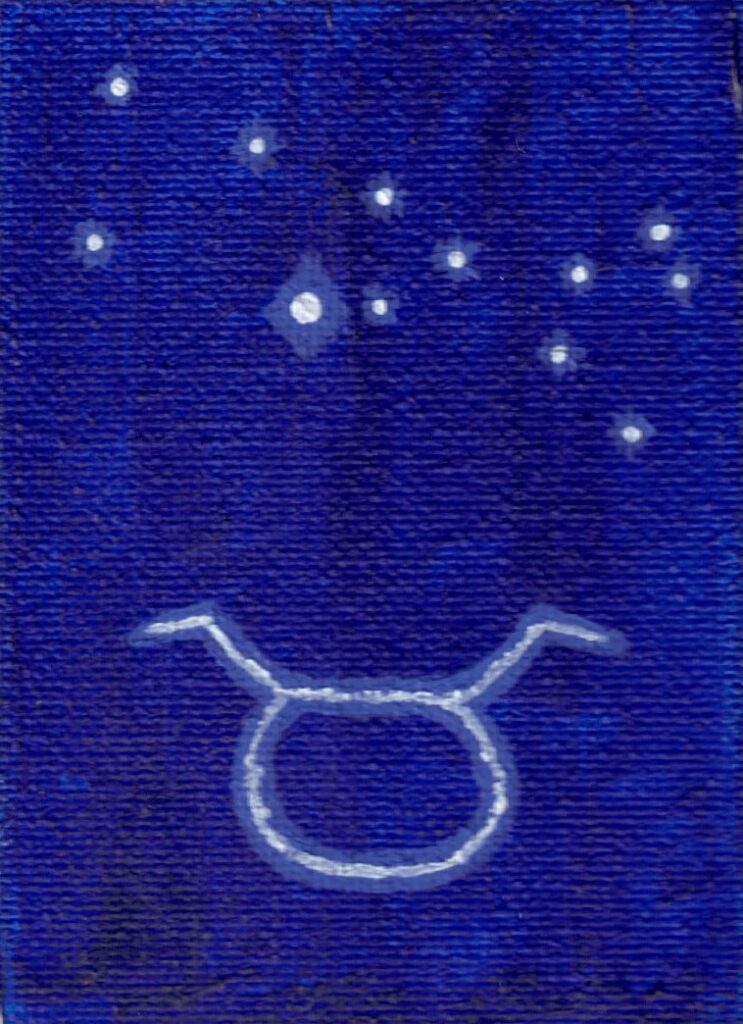
The Stars Are Still There
Did the stars burn out long ago?
In case you were feeling a bit down this morning, I thought I’d share something that crossed my mind the other day. It was positive in its dispelling of an old false claim that was meant to make you feel somewhat small and alone in the universe. It might make you feel small but reality shouldn’t make you feel alone. It is proof positive that people with just a little extra intelligence are real downers. So, did the stars in the sky burn out already?
I bet at one point or another, everyone was told, “all of the stars you see in the night sky burned out a long time ago. Their light is now just reaching us.” In most people this sets in a kind of cold realization of the true grand scope of creation. The universe is massive and full. We are small dots that are basically irrelevant.
This was combined with a paradoxically even worse add on to our situation. The universe is so large that despite it being full, everything is totally remote from everything else. We could look out and see the great wonders, never to visit them. For even if we could instantly transport to, where they are, it becomes where they were. Whatever structure these stars had, long ago was no more. All of them had returned to the cycles of star formation.
It is true that the universe is massive and full. It is the second part that it is false. If you look up into the night sky, the celestial bodies you see, still exist. Most likely in pretty much the same exact form we see them in today. Let me explain.
Three categories of observable bodies:
When you look up at the night sky casually, specifically without a telescope or any magnification, you can categorize everything you see into three groups. The first and least relevant is, things in our solar system. Obviously, these things are not what we are talking about. They are so close that we know what they are up to in “real time” as far as interstellar time scales are concerned.
Next are things in our galaxy. Our galaxy is 105,700 light years across. For simplicity let’s imagine the galaxy as a circle. We are a point on the circle. There is another star on the complete opposite side of the circle, making a diameter line straight between us. In this scenario we are making this the “worse case” possible. We are not on the total opposite end of the galaxy from everything else. Most starts in our galaxy are a lot closer to us then that. We are, generally speaking in the middle of the galactic radius.
Why is this 105,700 light years important? It is important because in a star’s life, that is not long enough to make a whole lot of difference. Even the stars with the shortest lifespans still live for millions of years. It is safe to assume that they are there. There is a supernova about every 50 years in the Milky Way. With the tens of billions of stars in our galaxy, only a few a century will go supernova.
When it comes to the ones you can see with your naked eye, they are very close to us. Stars visible to the naked eye are within 1,000 light years. This is again real time in cosmic standards. You can assume every star your eye can see is still there. In fact, there are far more that you cannot see. Red dwarfs are far more common than our type K star. They are galactically speaking, all around us. They just are not visible to the naked eye. Moreover, their lifespans have been revised and extended since I was in school. They live so long; the universe is not old enough for any of them to have deteriorate into change. They are not only there, save some unforeseen catastrophe, you can bet they will be there long after any reference of time becomes irrelevant to us.
The final thing you can see is other galaxies or accompanying nebula. The ones you can see are relatively close. They are also collections of billions of stars in their own right. Even if they lost stars in the time that it took for it’s light to reach us, that pin prick point of light that gets to us, glitters all the same. To see star light from stars that burned out long ago, you would need telescopes, and some pretty big ones.
Your waving to something if you do so.
What does this mean to me? When I look up at the night sky, I can assume that all those dots of light are still burning. They are far, but not far enough for our view of them to be abstracted. They might be a little off that point in the sky, but they are none the less burning up there. With some routine calculations we can easily anticipate where they are currently broadcasting their waves from. We know where they will be in the sky many generations from now when the light currently leaving them arrives here.
We are not so distant that they are not our neighbors. A lack of FTL travel for an indetermined period of time will only delay us. Not stop us. They are there, and remember they can absolutely see us. Even if it turns out “they” are just lifeless rocks and balls of gas. The night sky is not a graveyard of twinkling monuments. It is a view of lighthouses on the horizon. They are just natural harbors on the other side of an ocean. Real places that in theory you could be exploring right now and not cosmic memories obscured by time. Like everything else worth accomplishing, if we never reach their shores, we’ll only have ourselves to blame.






